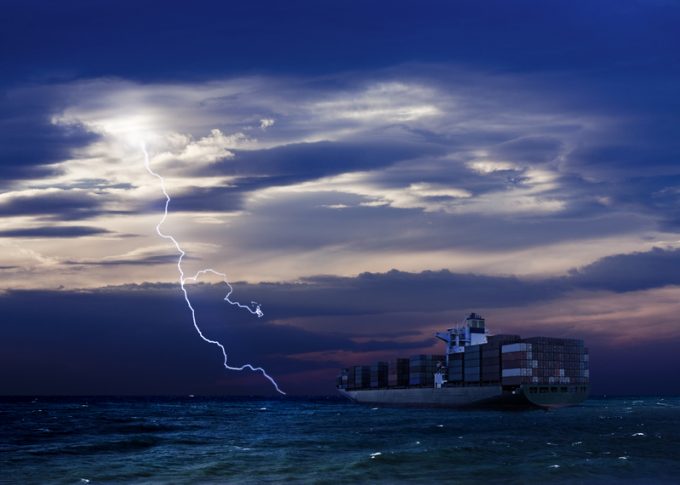Maersk developing the tech to create the 'Amazon of logistics'
Maersk is looking to build an “Amazon for logistics” with its integrator strategy, supported by ...

Container lines are concerned about the deteriorating trading outlook for the second half of the year as tighter monetary policies dampen consumer demand.
A subdued peak season, followed by a lengthy slack period, prompting further rate erosion, will wreak havoc on the balance sheets of carriers heavily exposed to east-west trades.
They will need every last dollar of the legacy profits achieved in the first quarter to avoid finishing the full year in the red.
Indeed, container lines are already said to be ...
Amazon pushes into LTL for small package fulfilment and UPS does a u-turn
New senior management for DSV as it readies for DB Schenker takeover
Volumes set to 'fall off a cliff' as US firms hit the brakes on sourcing and bookings
Asian exporters scramble for ships and boxes to beat 90-day tariff pause
Temporary tariff relief brings on early transpacific peak season
'Tariff madness' will prompt renegotiation of ocean shipping contracts
Response to tariffs by Chinese importers may see extra costs for US shippers
Forwarders 'allowing the fox into the chicken run' by supporting 'hungry' carriers

Comment on this article